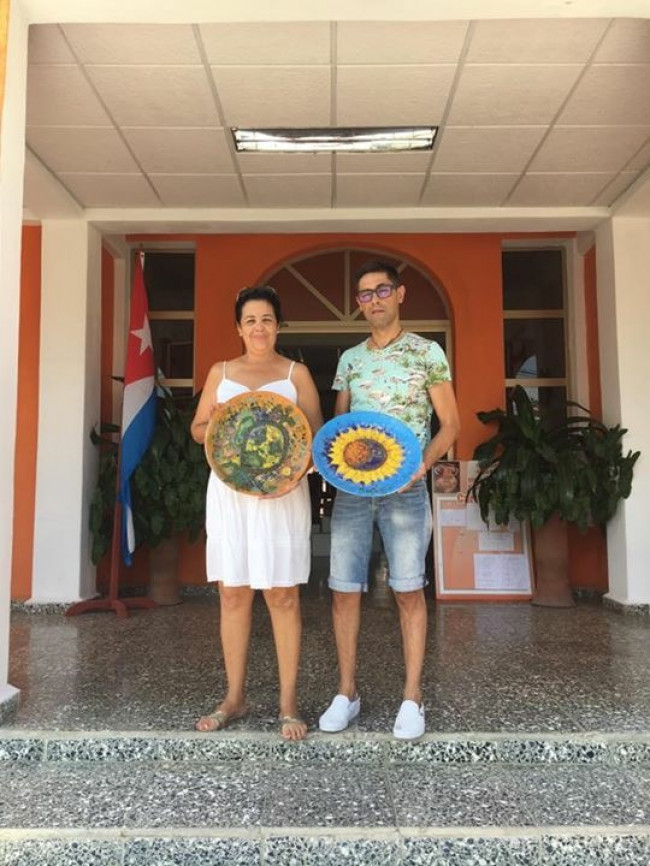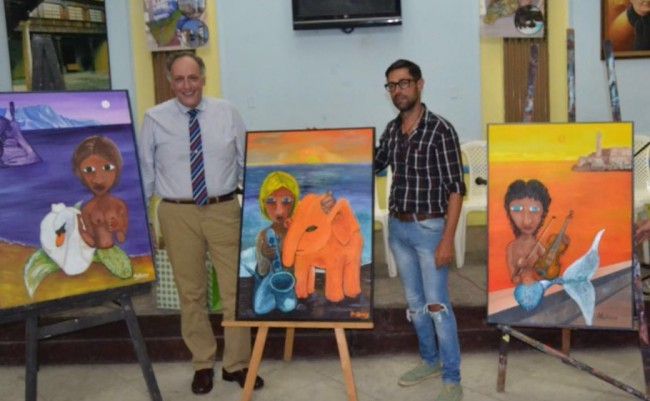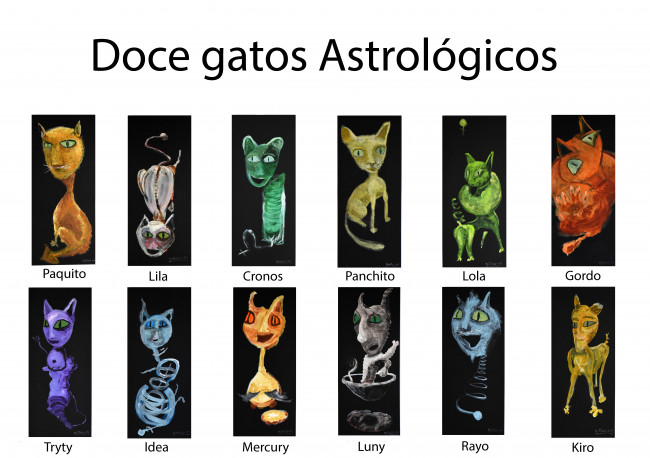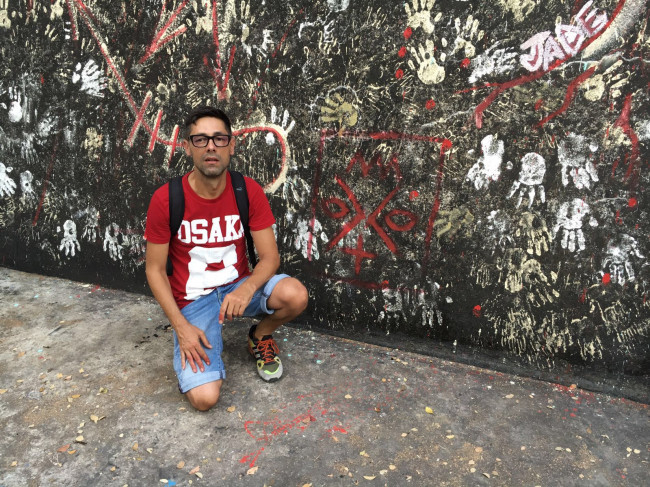Alejandro Montañez, a traveller who does not sleep
General15-12-2014
A publication of Ortelio Rodríguez Alba at Radio Metropolitana.
http://www.radiometropolitana.icrt.cu/alejandro-montanez-viajero-insomne/
Ortelio Rodriguez Alba – alba@bellasartes.co.cu
Aggressive, provocative art in Havana. A young painter, a self-confessed eternal traveller. Cities as contrasting as Buenos Aires, Amsterdam, Paris, New York and Havana are some of the settings in his life journey.
Havana. Alejandro Montañez, a young painter, a self-confessed eternal traveller. Cities as contrasting as Buenos Aires, Amsterdam, Paris, New York and Havana are some of the settings in his life journey. But in my opinion these travels have more than a merely physical impact and become imaginary journeying through his existential universe.
Where did these travels start? What have been the gaps in these youthful pilgrimages? For me the basis on which his restless imagination has taken root remains an enigma, but I see in his painting, in his gestures, a person who resembles a sleepless sentry moving from dreaming to wakefulness almost without blinking.
Although he is self-taught, I do not think that the works of Alejandro Montañez can be considered as completely naive. It is evident that the artist has studied, amongst others, the surrealist, expressionist and neo-figurative movements.
From these paradigms it seems he has half-closed his eyes and jumped, pallet in hand, towards a broadband expressionism, sometimes figurative, at others leaning towards the abstract and which, I believe, is almost always clearly anchored in dream.
His time in Havana had a pronounced influence on him. He did not behave as a simple traveller. He breathed in great gusts of life which later return transfigured in the form of dense smoke, distorted faces and rarefied symbols.
Otherwise how do you explain those cows’ tongues placed on the threshold of Havana’s houses or those “eyes that come, eyes that stay, eyes that leave”- the title of one of his urban works – or those drowsy buildings – constantly fading away – in a levitated metropolis, indifferent to its magical ascent?
Close attention to the imagery developed in his work reveals one constant: the double horizon between the external and the internal, brought into focus through a sort of vigilant eye – or oval structure – which incites the “observer” to look inwards and outwards”, from the volumes sketched in his figure-objects, not infrequently ghostly-minded.
Despite this “vigilant eye” covering the urban landscape and finally imposing itself as an icon of disconcerting voyeurism, Alejandro takes away prejudices and walks freely through an environment he loves in the “thin light of its streets, the colour of people’s clothes, or a ramp in the shape of a woman’s shoe and an unrepeatable Malecón....”
So his pictorial revelations come through as patches of light in medium and large formats. This gives rise to an iconography of what is Cuban and, more specifically, what is Havana through souvenirs and every kind of artefact propped against a house door and become an installation.
Other times the broad brush stroke, susceptible to colour contrasts, sketches ships, mobile contraptions, swirls in the sea, bristling palms or eyes – once again – transfigured by gusts of wind. It is the Cuban space congealed through the look of a man who gives back to the capital its mythical ascendant.
He recreates a pictorial tradition developed by painters from the island, spell-bound by the city and its enchantments. He recalls them with his polychromatic exuberance, with his unbridled imagination, through transferring to the canvas through superpositions and signs of psychological strength which recognise in the distortion of figures and lines the charms of our narrow streets and the anonymous stories of exceptional beings in their human dimension.
Perhaps, like Maria Zambrano in his time, this Canarian creative artist continues dreaming of other possible worlds. And rewriting the story of Havana, in his case through his painting – memory.
His work can be divided into developmental stages, work that an expert would find rewarding. It will be a task for specialists in the future. I have preferred to comment, fresh from the shock of impact, on a rewriting of Cuba and Havana by an honest human being. I have decided to draw attention to his desire to take in the magical dimension of the island that a universal and Havana poet, José Lezama Lima, described with only two words: “infinite possibility”.
Edited by Lidice Valenzuela




